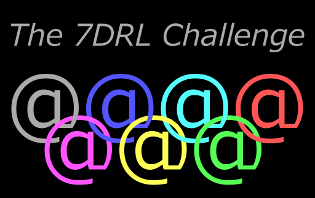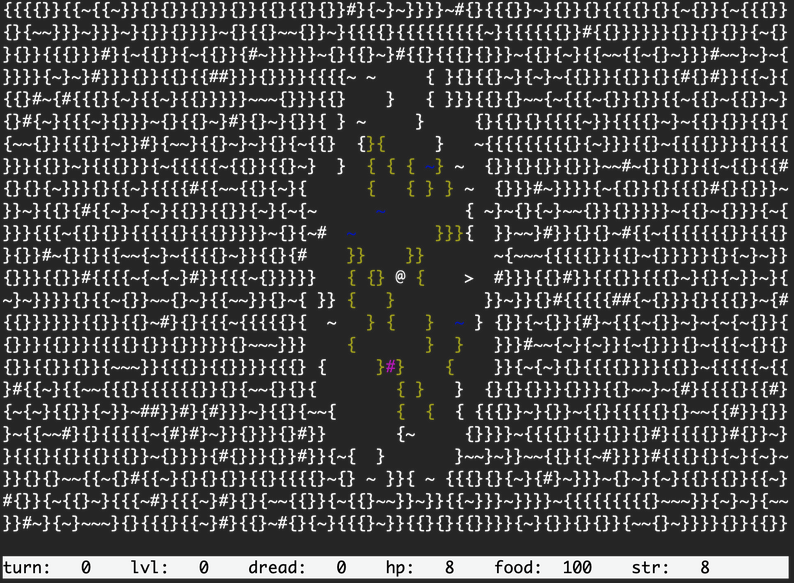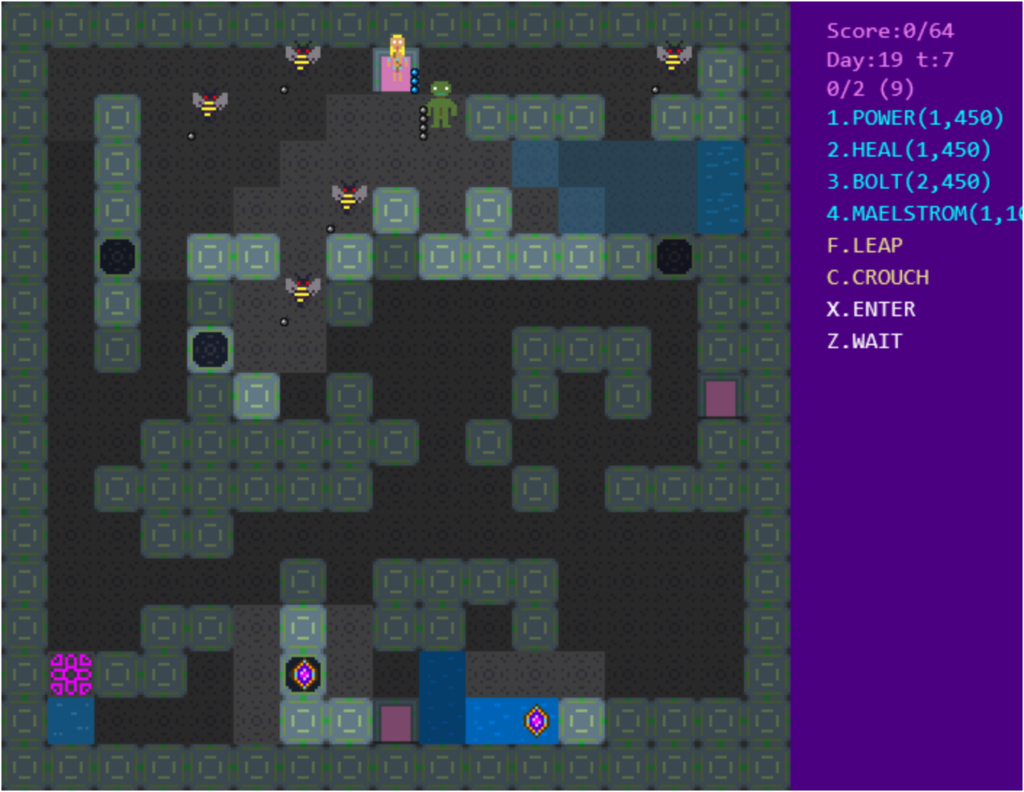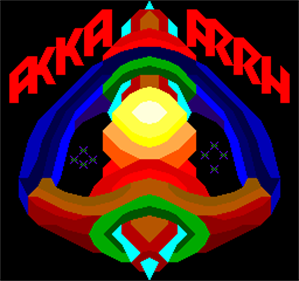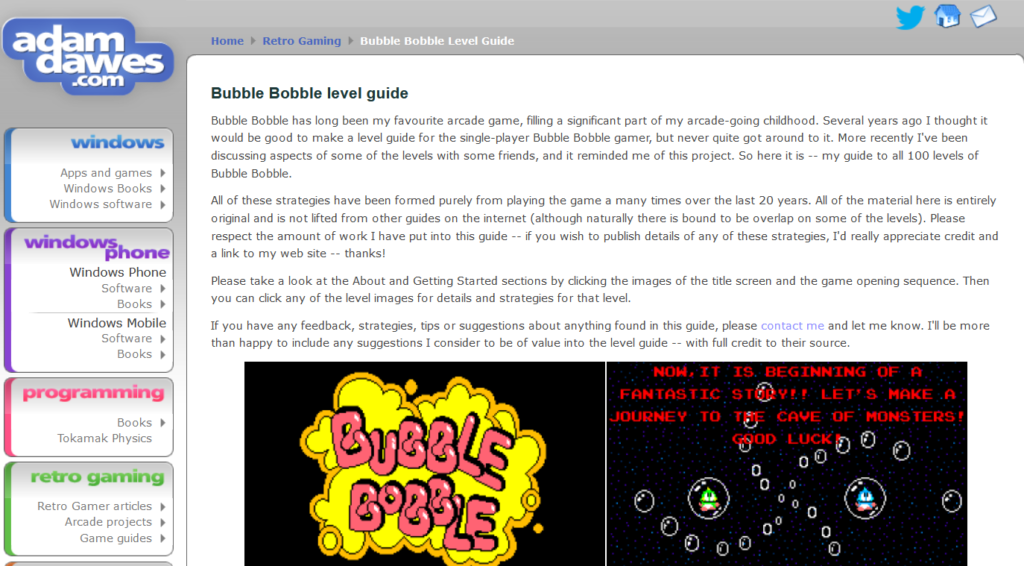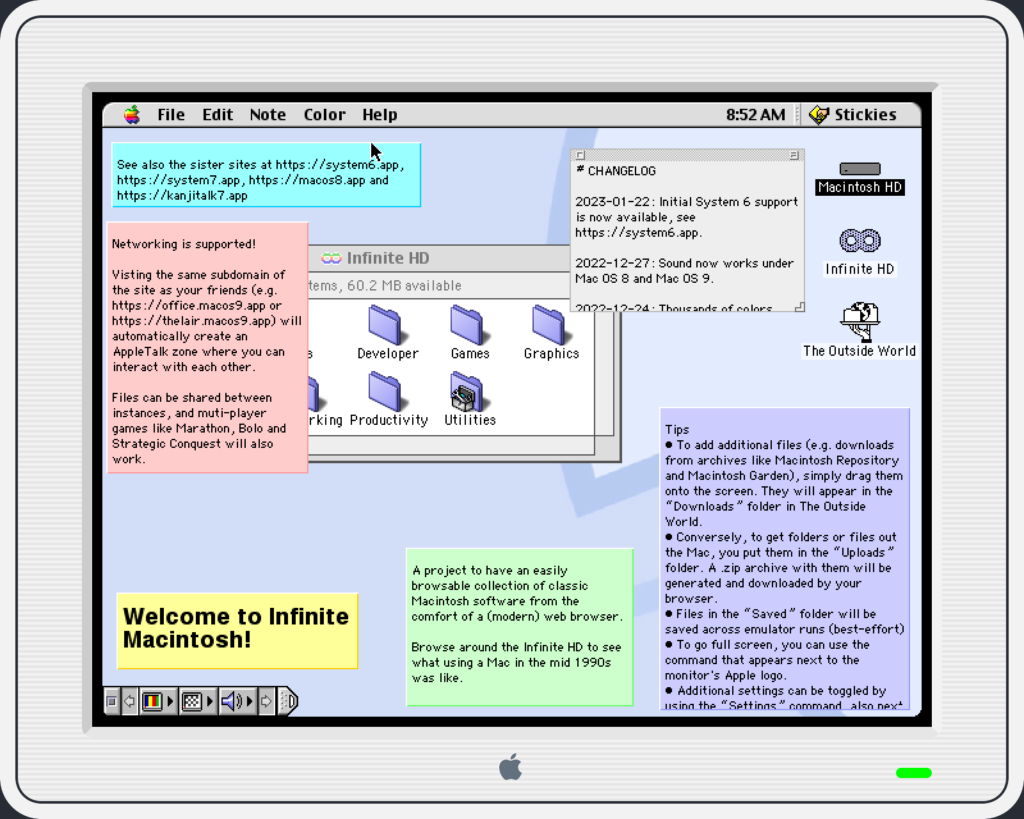It must seem like we have the indie gaming spaces hooked up into our very veins here, but truthfully it’s very easy for games with even a lot of buzz to slip through our greedy fingers. So it is with Pizza Tower (Steam), an extremely cartoony and entertaining platformer heavily influenced by Wario Land 4 (3h,22m). All kinds of people have been praising it, and saying that it does basically nothing wrong.
Here’s Polygon raving about it:
Take a good look at it. The loose animation is actually perfect, which it should be because the game took five years to make. The pixel art has way too many frames. The music jams so much. All of its jokes are funny. It even parodies Five Nights at Freddy’s throughout one level with jumpscares.
Its hero, the amusingly-named Peppino Spaghetti, isn’t Wario, but has his own vibe. He looks like he might have an aneurysm at any second. But like Wario he’s mostly invincible when he’s not fighting a boss. In normal levels enemies may slow him down, or cause him to lose points, or even give him temporary abilities, but they can’t stop him. He has a wide variety of moves to get him through the game world that you’ll have to completely master by the end.
The biggest point in common with Wario Land 4 is the escape sequences. Each of the game’s levels has a place in it where you have to destroy a pillar, which starts a timer and forces you to go back through the level you just passed with some minor differences. You can fail here if you don’t make it out in time. In order to get the highest rank on a stage, the vaunted “P” rating, you have to escape perfectly, without breaking your combo, and find all the treasures… and also escape twice within the time limit, by going through a 2nd Lap portal at the exit that takes you back to the beginning!
It’s already gotten a lot of people talking about it in terms like Game of the Year, and I’m sure it’ll be a prominent run at SGDQ 2023! Have a trailer:
Pizza Tower (Steam, $19.99)

